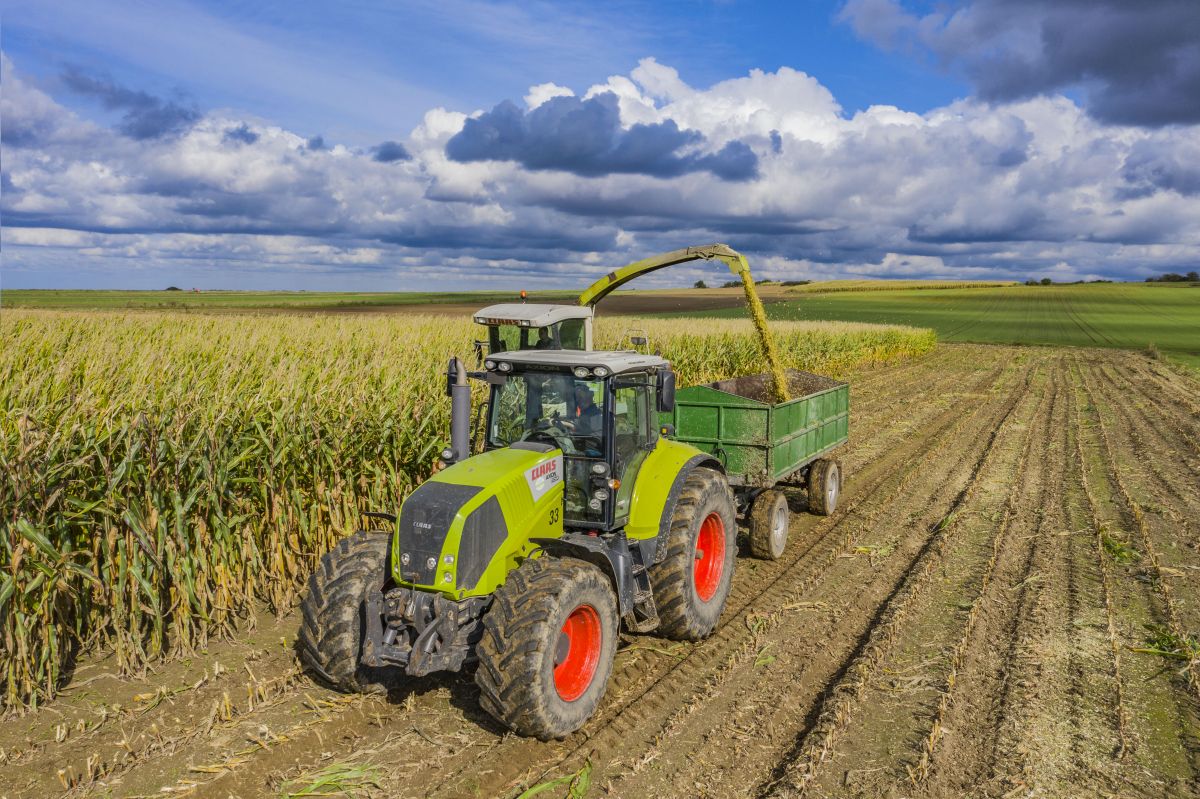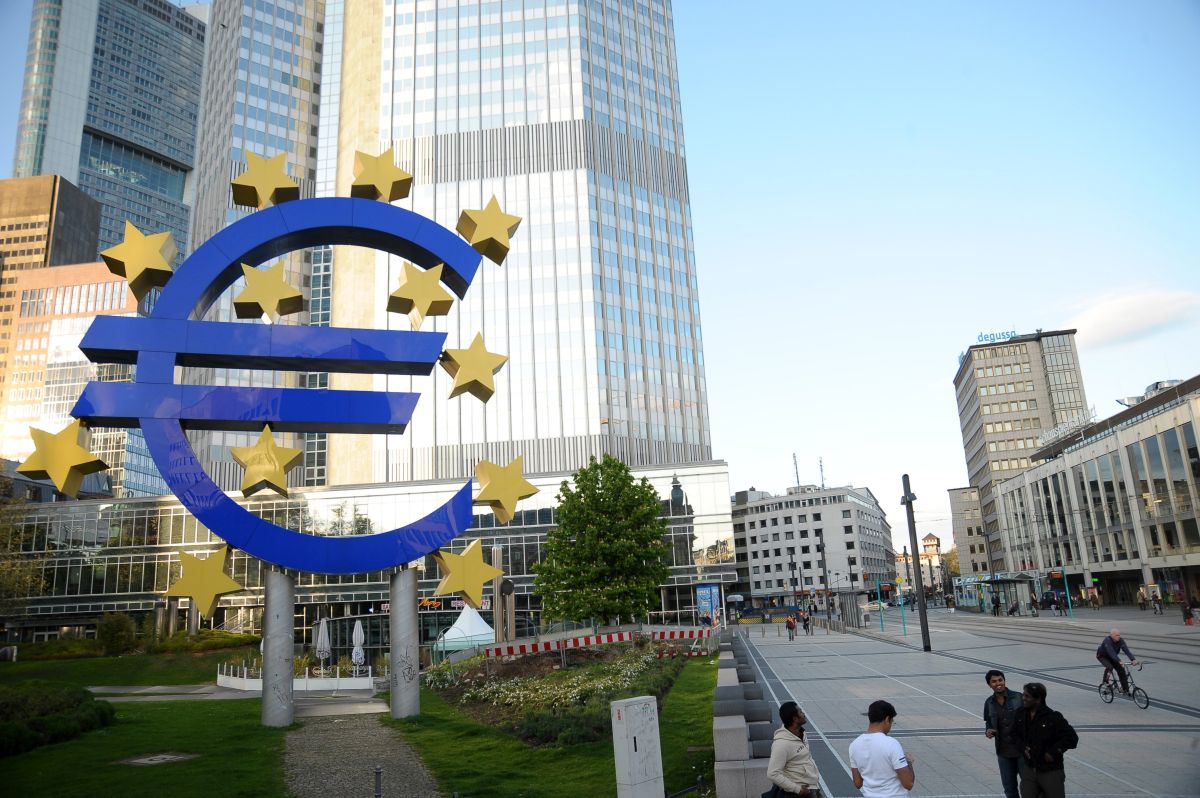Impact of the War in Ukraine on the Debate on the Future of Agriculture in the EU
The war in Ukraine has sharpened the debate about the future of agriculture in the EU. Big agricultural producers are advocating a revision of targets and the timetable of the green transition. Environmentalist organisations urge a speed up, as they emphasise the downsides of agriculture’s dependence on imported fertilisers, fuel, and feed. In the face of political and economic instability, the majority of Member States are reducing their ambitions for environment-friendly reforms of the agricultural sector.
 Robert Neumann / Forum
Robert Neumann / Forum
Distortions of trade related to the Russian invasion of Ukraine have invigorated the debate around the transformation of EU agriculture. Exports from Russia and Ukraine constitute 34% of the world trade in wheat and 77% of the trade in sunflower oil. Russia and Belarus have a 37% share of the market for fertilisers based on potash. In addition, Russia produces around 15% of nitrogen and phosphorus fertilisers sold in the world. A drop in imports from these countries provoked by the fighting and sanctions does not endanger the availability of food in the EU, but it deepens a trend noticeable already before the war of price increases of key inputs in the agri-food sector—gas, oil, fertilisers, and grains (see table below). This could translate into lower revenues for farmers and higher food prices. Cereal shortfalls in developing countries, especially in Africa and the Middle East, which are more dependent on Russian and Ukrainian supplies could also have serious consequences for the Union.
Key Arguments in the Debate
COPA-COGECA, an organisation representing the largest agricultural producers, claims that as imports of foodstuff from the east decrease, the EU must increase its own production. Consequently, the reform plans spelled out in the Farm to Fork strategy (F2F) aimed at making EU agriculture more sustainable by reducing the amounts of fertilisers and pesticides, among other things, should be delayed and partly modified. According to the agricultural lobby, implementation of these objectives will weaken production capacity. Centre-right political groups in the European Parliament (EP) adopted a similar stance. They suggested postponing legal acts designed to implement F2F and modifying the goals set by the European Commission (EC). Several farmers’ associations from Central and Eastern Europe, including Poland, suggested loosening the climate and environmental requirements of the reformed Common Agricultural Policy (CAP) scheduled to come into force next year.
Environmental NGOs and the centre-left in the EP reject these pleas. They argue that climate change and the dwindling numbers of pollinators constitute a serious threat to agriculture that has to be tackled urgently. In their view, the crisis related to a spike in the cost of imported inputs should be stimulus for reducing their use, all the more so given that the intensive application of mineral fertilisers and pesticides damages the environment. They stress as well that due to the high productivity of European agriculture and poor quality of fallow lands, the potential for greater production is limited, while the push for enlarging the planted area could harm biodiversity. The solution to the problem of reduced supply of cereals could be to limit animal production and use a portion of the grain devoted to the production of feed or biofuels (between 50% and 60% of cereals planted in the EU) as food. A large part of the academic community endorses this line of thinking. More than 800 scientists signed an appeal in which they described a transition towards a plant-based diet, development of organic farming, and limiting food waste as key actions for improving food security.
Strong polarisation on this issue is reflected in the voting records on amendments to the EP resolution on food security adopted on 24 March. The Christian Democrats wanted to urge the Commission to review the targets and timetable for F2F. The amendment containing this action was rejected by a mere 15 votes, opposed by the Greens, Social Democrats, and the majority of the centrists. However, the right-wing groups managed to introduce in the resolution a call for allowing planting and use of fertilisers and pesticides in the ecological focus areas (i.e., areas left fallow or planted with the purpose of strengthening biodiversity). They also won the vote on an amendment (by a margin of 6) claiming that excluding 10% of farmland from production for the sake of protecting biodiversity, as planned by the F2F, is currently impossible.
Commission and Member States’ Reactions
The EC’s declarations and actions demonstrate a willingness to satisfy both sides. As regards short-term measures, the focus is firmly on supporting farmers and increasing EU production. The EC allocated €500 million for producers that were particularly hard-hit by the price increases on fertilisers and feed. In addition, Member States were allowed to raise advances paid out to farmers as part of CAP direct payments. The Commission suggested reducing the Value Added Tax (VAT) on food to weaken inflationary pressures. To promote a boost in production, planting on ecological focus areas will be permitted. Member States may also suspend some criteria for imported feed in order to facilitate purchases abroad.
The EC postponed the publication of two draft regulations: one on reducing the use of pesticides, the other on restoring natural resources. It emphasised that the abovementioned proposals will be published this year and that the plans to promote more sustainable agriculture are maintained (in the Communication issued on 23 March, the EC notes a “fundamental reorientation” is needed) but it is a long-term goal. The Commission does not seem determined to use the new circumstances to speed up the planned transformation. It claimed that higher prices of fertilisers could favour their more restricted use but stressed at the same time that in the near term, low cost and availability must be a priority. It encouraged the Member States to limit the amount of grain used for biofuel production but did not address the calls for limiting animal production.
The Commission is not immune to internal divergences. While the Commissioner for agriculture, Janusz Wojciechowski, is relatively open to calls for boosting the Union’s agricultural output, Frans Timmermans, the EC vice-president responsible for the Green Deal, accused critics of F2F of trying to use the war in Ukraine as a pretext for blocking agricultural reforms.
The majority of Member States welcomed the efforts to facilitate higher production and the postponement of F2F implementation. Even before the Russian invasion, the pace of ecological transformation suggested by the EC had raised doubts in many governments. They were reflected in the national strategies for the implementation of the new CAP and presented at the end of last year. The Commission, which published its comments on the plans in April, invited several Member States—including France, Poland and Spain—to enhance initiatives designed to encourage more environment-friendly farming practices.
Conclusions and Prospects
The war has laid bare the weaknesses of intensive farming dependent on mostly imported inputs. For environmentalists, this situation constitutes another reason to accelerate a transition in agriculture that would not only reduce its damaging impact on the environment but also make it more resistant to unfavourable developments in global affairs. Large agricultural producers, on the other hand, claim that what they see as a too fast-paced transition could threaten the Union’s production potential. This issue has created a deep rift within the EP, with divergences also manifest in the Commission. The agri-food industry has succeeded in using the new context to achieve some of its goals, and though the green transformation of agriculture remains an important objective, it is highly likely that it will proceed at a slower pace.
Such an approach suits the majority of Member States. In this period of political instability and high inflation, decision-makers prefer to steer clear of changes that in the name of long-term gains could be painful for citizens. As the discussion on implementation of the new CAP draws to a close, governments are likely to invoke problems related to the breakdown of imports from the east to justify their modest ambitions on environmental and climate actions.
EU Average Price Increases on Selected Commodities
As of the end of March 2022
|
Product |
Month-on-month |
Year-on-year |
|
Wheat |
39.6% |
64.6% |
|
Maize |
42.5% |
61.3% |
|
Fertilisers (average for different types) |
20.7% |
128.1% |
|
Gas |
55.7% |
591.9% |
|
Oil |
20.7% |
77.3% |
Source: Commodity Price Dashboard, European Commission





.jpg)